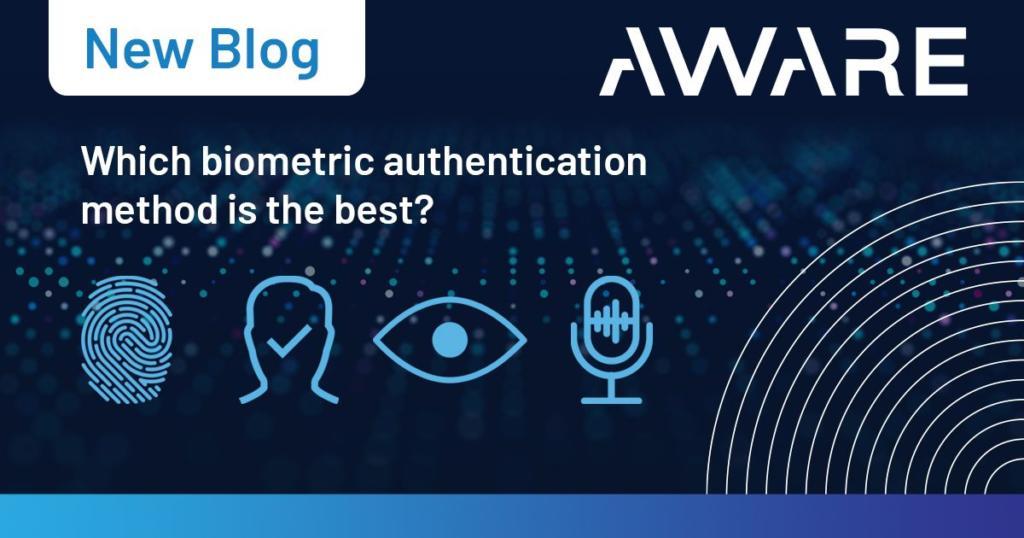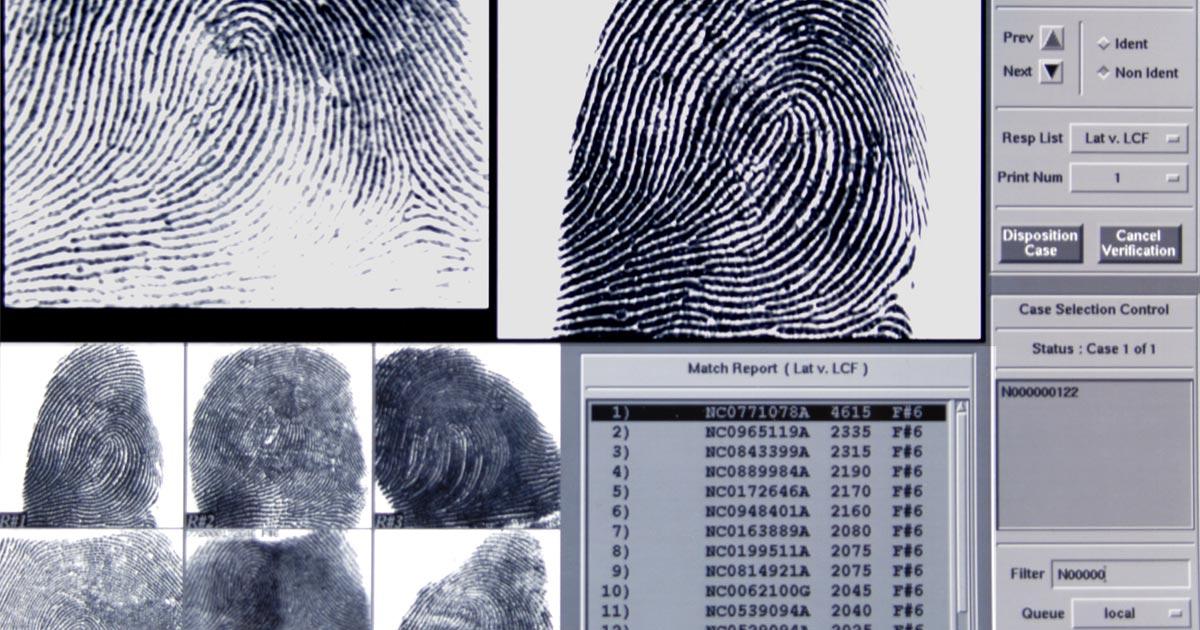3 Most Popular Biometrics Blog Posts from Last Quarter
November 10, 2022 | 4 minute read
3 Most Popular Biometrics Blog Posts from Last Quarter
November 10, 2022 | 4 minute read
In case you missed it, check out the 3 most popular blog posts from last quarter:
1. Which biometric authentication method is the best?
In the age of the digital world, security remains essential. Many organizations have set up rules in place to prevent weak and familiar passwords from being in use. However, these policies do not address password fatigue. A recent study sponsored by Yubico and conducted by Ponemon Institute concluded that despite the increasing concern regarding privacy and protection online, individuals and businesses are still falling short:
- 50% of IT respondents and 39% of individual users reuse passwords across workplace accounts
- 59% of IT security respondents report that their organization relies on human memory to manage passwords
- 56% of individuals will only adopt new technologies that are easy to use and significantly improve account security
Additionally, according to the report, respondents spend an average of 12.6 minutes each week or 10.9 hours per year entering and/or resetting passwords. This results in a productivity and labor loss of $5.2 million annually per company.
Continue reading →
2. High fraud rates in fintech call for new prevention methods
The pandemic has given rise to greater adoption of financial technology or “fintech”. As a result, the “Fintech Revolution” has begun, with solutions designed to help companies, business owners and consumers better manage their financial operations, processes, and lives. Unfortunately, this increase, and increased frequency of digital transactions, has led to higher rates of fraud occurrence and loss. In particular, identity fraud and security issues are impacting the fintech industry and creates a sense of urgency to develop new prevention methods for the industry.
The Fintech revolution
People all over the world are rapidly adopting fintech solutions. In fact, the global fintech market will reach an estimated $190 billion by 2026, growing at 13.7% CAGR. Within the United States alone, there were 10,755 fintech startup as of November 2021, making it the region with the most fintech startups globally. Interestingly, China has the highest fintech adoption rate with 92% of fintech adoption by small and medium enterprises.
Unfortunately, with this rapid adoption and expansion of the fintech industry, comes issues of fraud and security for the market sector. During its earnings call for the fourth quarter of 2021, PayPal chief financial officer John Rainey said the company identified 4.5 million accounts that it believes “were illegitimately created.” As a result, its stock slumped 25% after it also reported that profits fell short of Wall Street expectations.
Continue reading →
3. Benefits of rapid fingerprinting for law enforcement agencies
Biometrics are among the strongest identification methods available due to their uniqueness. No two individuals, not even identical twins, have the exact same identifiers – be it fingerprints, irises, voice scans or faceprints. This makes biometrics extremely important to law enforcement agencies, who can use them reliably as part of background checks, criminal investigations, and mass disaster identification.
Fingerprint recognition has been a crucial modality to law enforcement agencies for centuries and remains a valuable tool in crime solving today. Fingerprints help investigators link one crime scene to another involving the same person. Fingerprint identification also helps investigators track a criminal’s record, their previous arrests, and convictions, to aid in sentencing, probation, parole, and pardoning decisions.
Challenges with traditional fingerprinting
In crime scene investigations, law enforcement professionals are often tasked with collecting fingerprints that might be left behind by the perpetrator. Fingerprints can be found on practically any solid surface, including the human body. Analysts classify fingerprints into three categories according to the type of surface on which they are found and whether they are visible or not: Fingerprints on soft surfaces (such as soap, wax, wet paint, fresh caulk, etc.) are likely to be three-dimensional plastic prints; those on hard surfaces are either patent (visible) or latent (invisible) prints. Once evidence is collected, the fingerprints are then analyzed using a computerized system which searches various local, state, and national fingerprint databases for a potential match. The process can take anywhere from two weeks to months depending on the circumstances surrounding the case. This can be extremely painful for families impacted by the crime and also disheartening for community members.
Additionally, police officers in the field often must identify individuals they come in contact with. The process can take several hours if the individual does not have identification documents or are trying to conceal their identity. This can take away from patrol duties on the street for many hours in order to accurately identify the individual, finish the investigation and complete the process.


